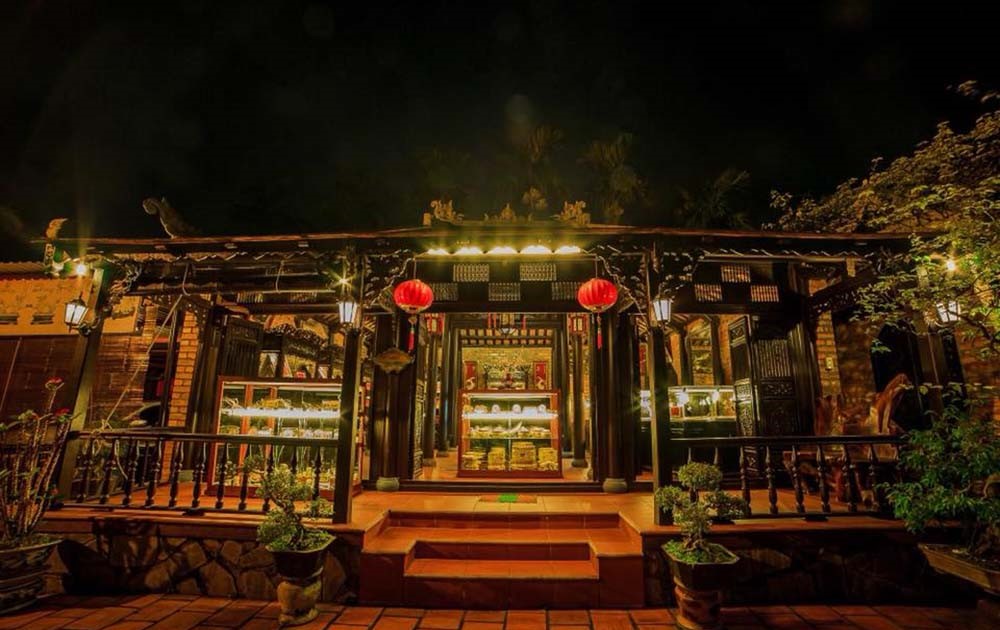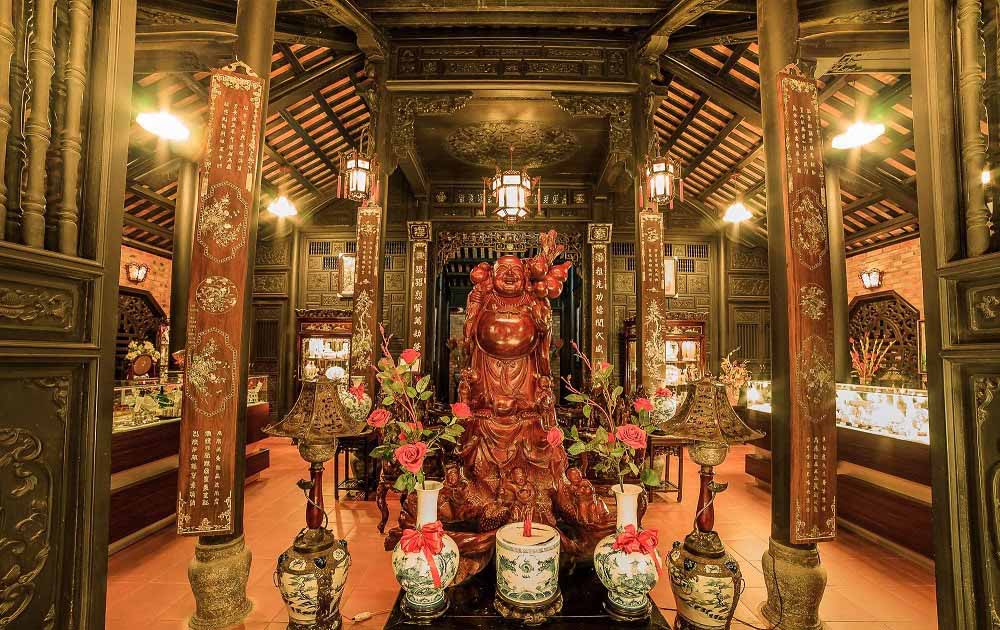
The quintessential beauty of Ke Mon jewelry village
According to historical records, in 1783, during the Tay Son period, Mr. Cao Dinh Do and his son Cao Dinh Huong from Thanh Hoa, were summoned by the court to the capital Phu Xuan, Hue to build a statue industry, specializing in researching art. sculpture, gold and silver engraving, and jewelry for the royal family.
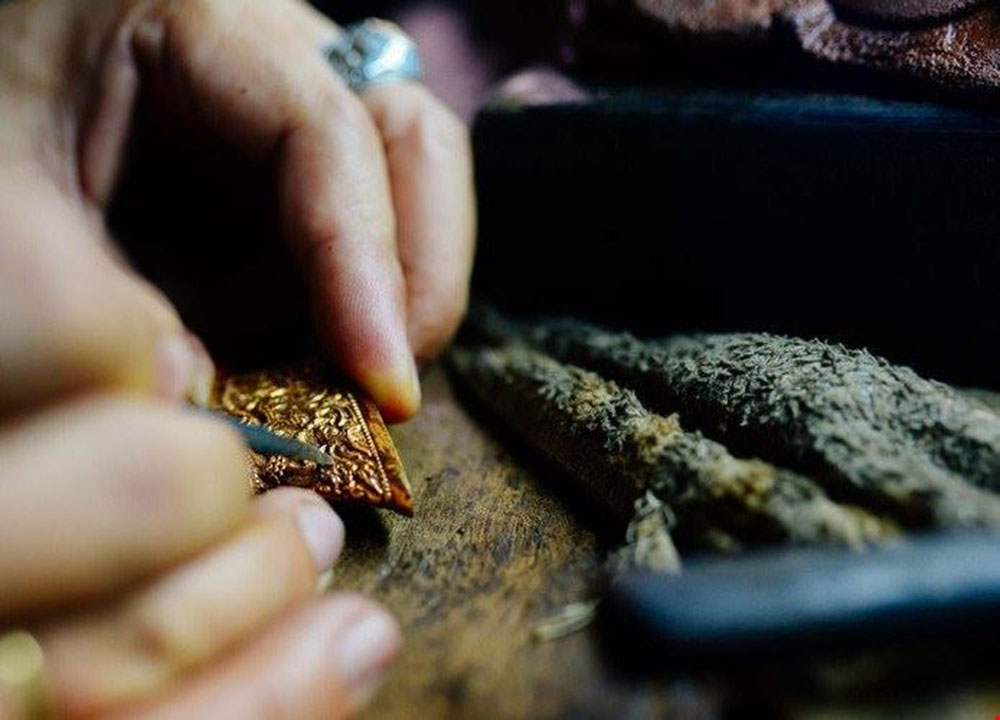
On February 28, Canh Ngo year, Mr. Cao Dinh Do passed away. The king mourned and conferred the title "First Patriarch", gave him land to build a mausoleum like his mandarins, and held a full funeral. To commemorate the birth of the jewelry profession, the king granted land to build the temple of the jewelry industry's ancestors at No. 7, Chua Ong Street.
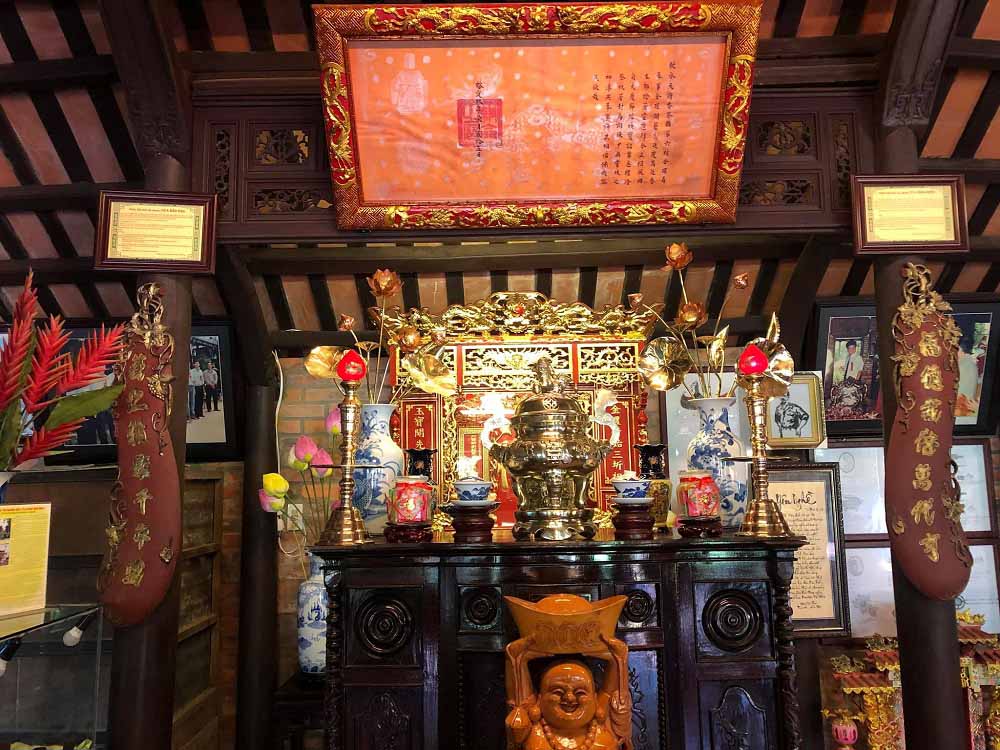
The products of artisans from Ke Mon jewelry village demonstrate a high level of aesthetics, imbued with Vietnamese cultural nuances. Talented artisans have crafted works of art according to rigorous processes, quintessential aesthetic value, creating unique features in each product.
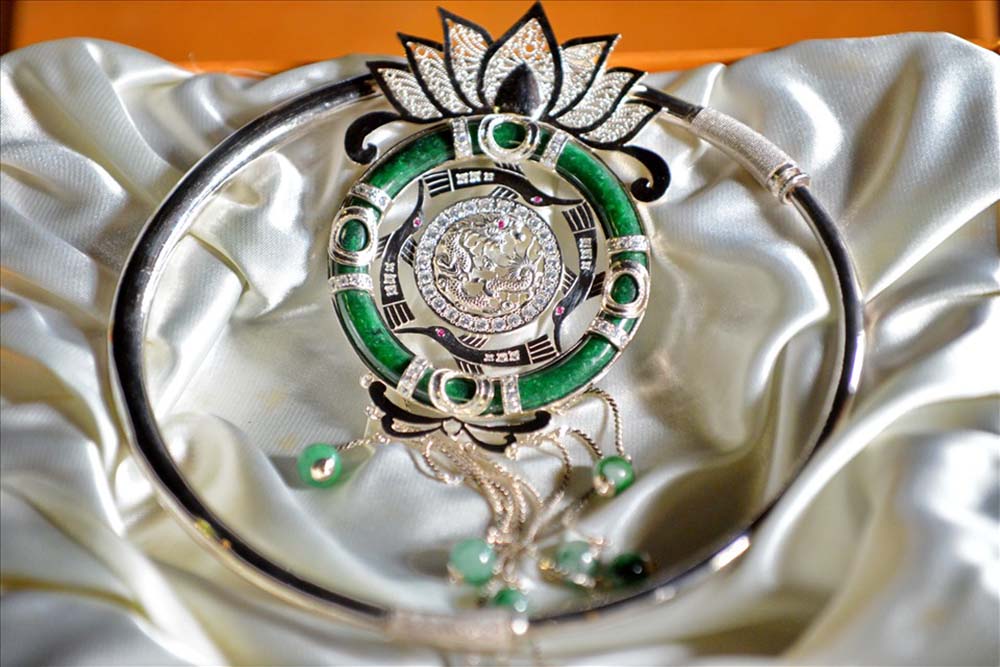
Ke Mon village has long been the cradle of Dang Trong's jewelry industry. Ke Mon jewelry is a craft that specializes in making jewelry from gold and silver with decorative patterns, including: the plain industry produces simple products without much engraving; The bean industry makes items with geometric patterns to attach to the surface of products; The carving industry directly engraves patterns on products.
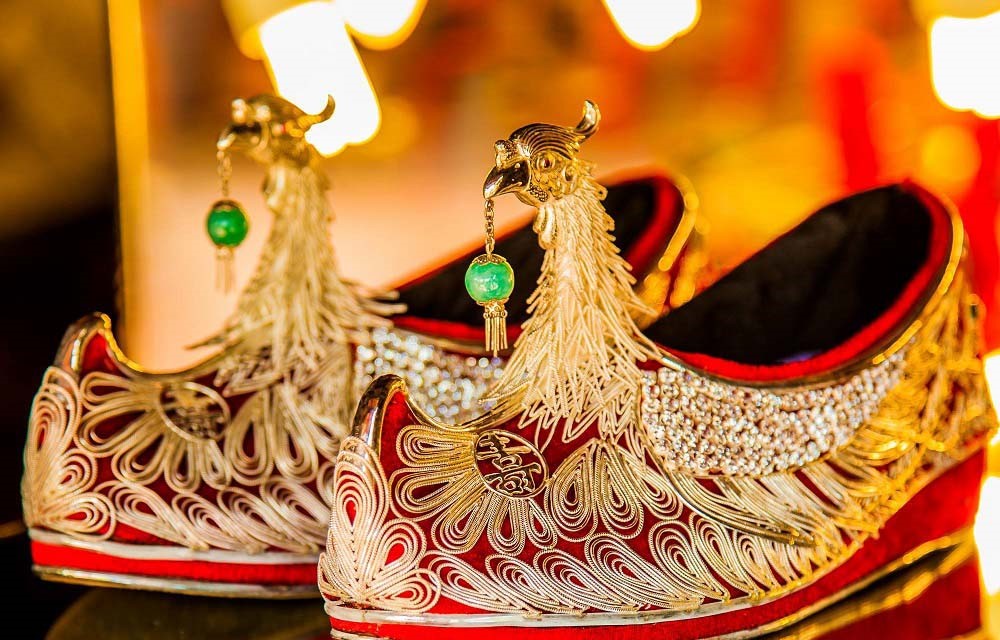
With passion and love for their profession, jewelers have created passionate products. Each product contains the artistic soul of each craftsman. The products here meet the beauty, jewelry, and decoration needs of the people and mandarins in the Hue Citadel.

Jewelry products in Ke Mon are famous for their good quality compared to many other places with sophisticated techniques and elaborate carvings made by experienced, skillful craftsmen with rich aesthetic sense and creativity. , most clearly shown on jewelry such as necklaces, earrings, bracelets, bracelets, rings, bracelets...
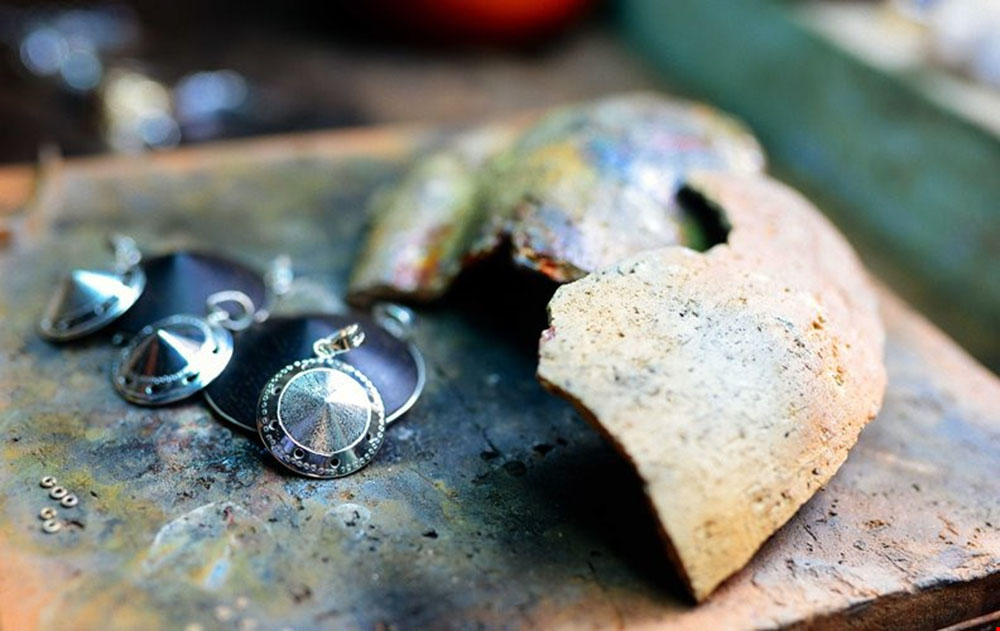
Over the past two hundred years, people in Ke Mon jewelry village have left the village to settle down in most of the cities, towns, and major markets of the country and later reach out to the world. Jewelry has become a livelihood for Ke Mon people and has become the pride of many generations.
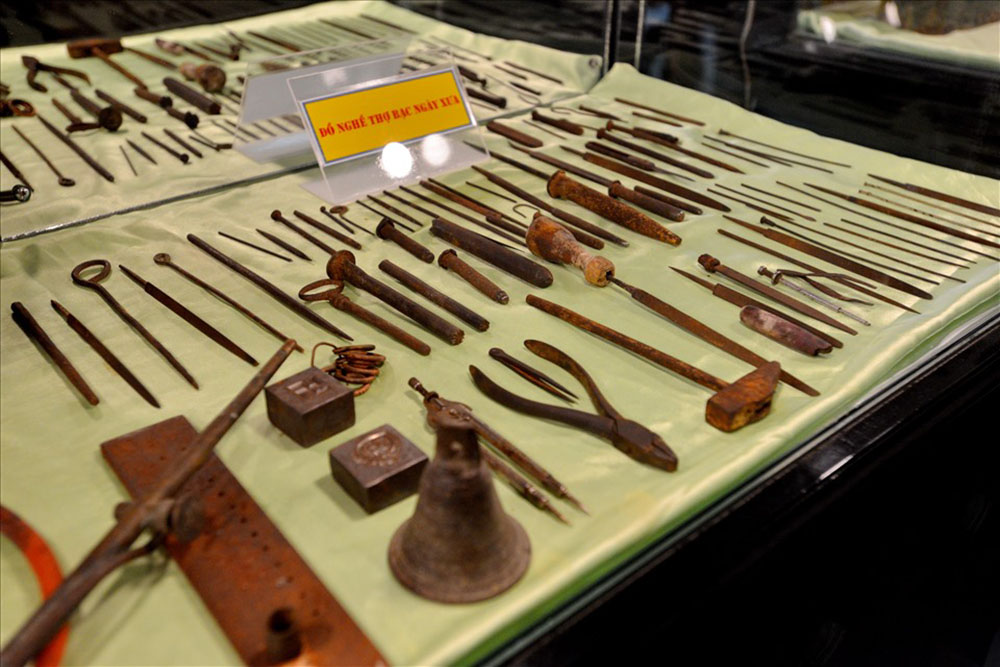
Every year, on the 27th day of the second lunar month, villagers celebrate their ancestors' death anniversary. In addition to the still preserved ancestral tombs and church of the jewelry ancestors, only when coming to Hue do tourists have the opportunity to directly witness the stages of the long-standing traditional jewelry profession.
